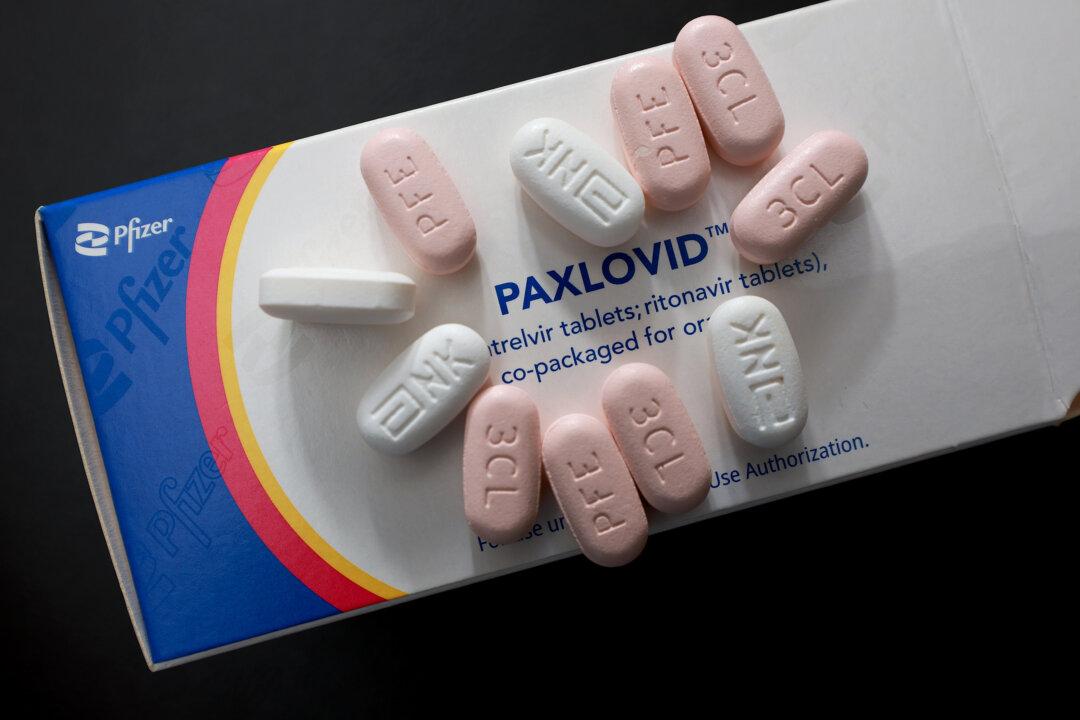News Analysis
Chinese people are searching for Indian-made generic drugs after Paxlovid, Pfizer’s COVID-19 antiviral drug, was recently excluded from China’s national health insurance scheme.

Chinese people are searching for Indian-made generic drugs after Paxlovid, Pfizer’s COVID-19 antiviral drug, was recently excluded from China’s national health insurance scheme.